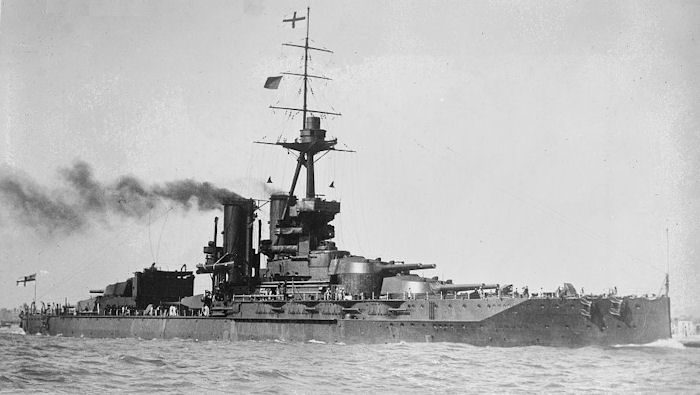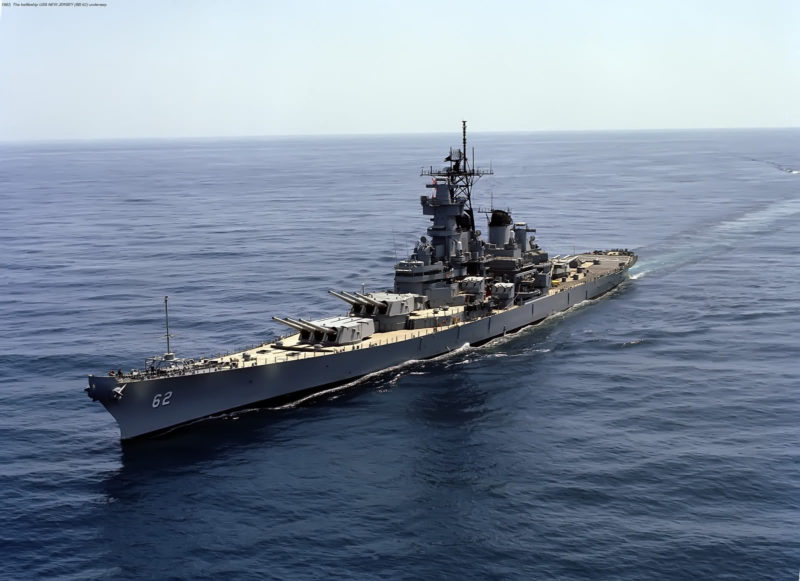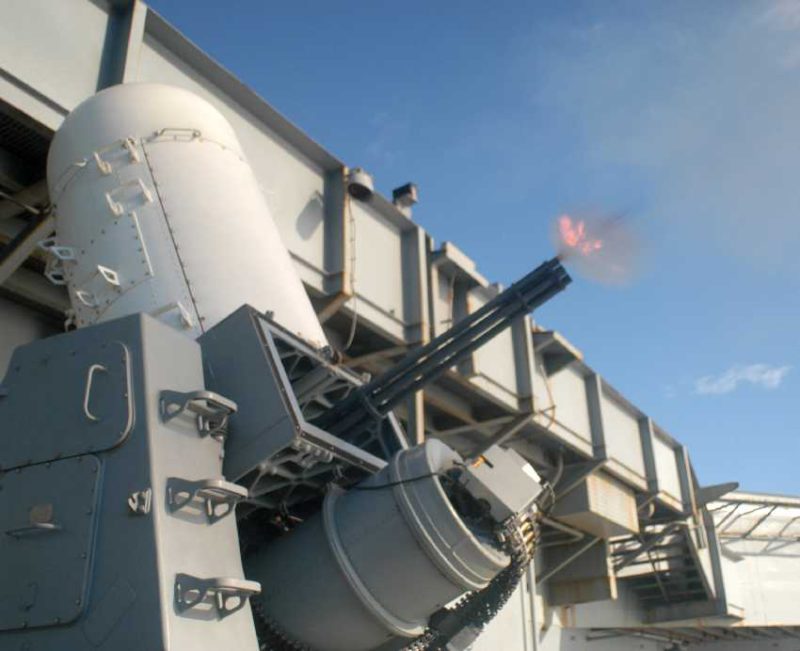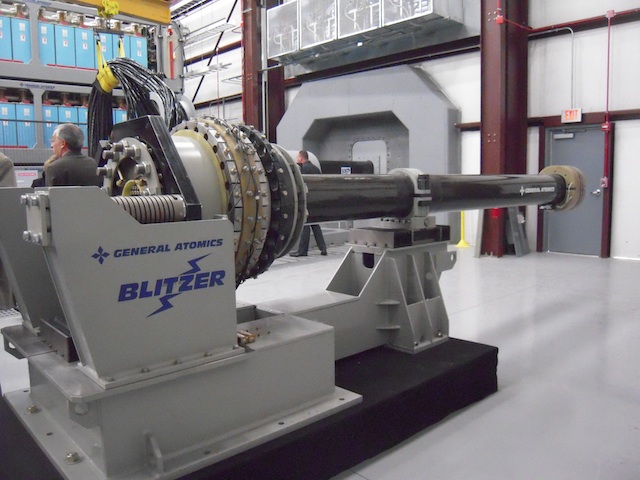Future Battleship: We all know of the Battleship and the rolls it has played throughout the history of naval warfare. As long as humanity had fought on the high seas, the Battleship has existed in one form or another. Need it be the Triremes which sailed the Mediterranean seas thousands of years ago, or the 100+ gunned “Man of Wars” which helped carving out the Empires for many European powers, the Battleship was the proverbial back bone of every single naval power in history. Even as technology changed and advanced with time, these naval battle wagons changed along with them.
Wooden hulls were replaced with steel and iron, while complicated wind sails were phased out thanks to the development of fire breathing steam boilers and turbines. By the late 1800’s and going into the early 20th century, battleships were being operated by numerous nations from Europe to Asia and even Latin America. By the First World War a new breed of Battleship known as “Dreadnoughts” had been developed, making everything that came before them obsolete and setting a standard for what ever came after.

But World War 1 was more or less the last gasp of glory for the Battleship. The Washington Naval Treaty of 1922, began the slow decline in the Battleship’s popularity as a lot of countries began divert resources into Cruisers and Aircraft Carriers. (Germany and Japan would eventually break this, but that’s a story for another time)
But if 1922 was the beginning, World War 2 was the end. Carrier born attacks on major fleet yards such as Taranto in Italy and Pearl Harbor, showed just how effective and devastating naval aviation could/can be when used correctly. This was a fact which was made evident during the Pacific campaign, as the Aircraft Carrier and not the Battleship, became the back bone of the Allied fleets. While the Battleships were reduced to nothing more that escorts for the flat tops. World War 2 would be the last time any Battleship saw action against other surface combatants, though the Iowa-class Battleships of the U.S. Navy would see action again in Korea, Vietnam and even the First Gulf War.

Today the Battleship as we know it is more or less extinct, with those that were able to avoid the breakers now enjoying their retirement as museum ships for the general population. The argument can be made that modern vessels such as Cruisers and Destroyers carry much more fire power than the battleships of yesteryear. While the Aircraft Carrier has become the primary vessel for force projection and defense and to be fair, this is true. It was this same argument which eventually made the U.S. retire their Battleships in the mid 1990s.
But if one day the United States Navy, decided to build and launch a new class of Battleship? Now I’m not saying they would be the only ones who would need such a vessel, it’s just that at present they would be in the best position to construct such a vessel since they have the facilities which to which to build them.
The first thing they would need to do is take is to take everything they know about battleship design and throw it out the window. Today the modern naval warship faces new threats which did not exist seventy years ago, such as supersonic cruise missiles or even low flying drones. not to mention there are technologies which exist today that didn’t 60-70 years ago.
Also more countries than ever operate submarines and small, fast attack craft. With current advancements in technology, they are much more deadlier than those from the world wars. Meaning this new class of battleship would have to be able to detect and intercept any threats either posed to it or the vessels it is assigned to protect in its task force.
Due to its possible size, ( The Iowa-class was over 260 meters in length ) stealth would not play a major roll in the vessel’s design. (Good luck trying to hide a ship that size anyway). Though it would have certain features which would make it difficult for current radar technology to to get a positive reading on the vessel. An angular hull and super structure, coupled with radar absorbent material on key areas could help reduce the signature of the vessel. A design practice seen on the current generation of guided missiles Destroyers. But ultimately the vessel would not be able to completely rely on stealth and would eventually have to face hostile forces, weather it wanted to or not.
Thus, this new Battleship would have to be built with the intent of being able to take a hit, all the while still being able to stay in the fight. Previous battleship classes usually had a “belt” of iron, wrapped around the hull, usually 12-14 inches in thickness in the case of the Iowa-classes and their main job was to protect the vessel’s water line from enemy shells and torpedoes. If this modern battleship were to be built, it is more than likely that composite armor would be used for ballistic protection. As well as to keep the weight down on the final product. This does not mean that the vessel would be as big or even bigger than its predecessors, as history has shown that bigger doesn’t always mean better. But for the sake of this article, lets say the end vessels would slightly smaller than the Iowa-class at a length of 240- 250meters, with a beam of 100 feet. (This is just speculation though). This would be done to keep down the cost and if needed, traverse the Panama Canal with ease.
Propulsion would more than likely come from an A1B Nuclear Reactor, the same type which is being developed to be used on the Gerald R. Ford-class Aircraft carriers. This would be the replacement for the older A4W reactors, currently used on the Nimitz-class. In recent times the A4W reactors have been criticized for limited electrical output, unable to produce the needed about of electricity for modern electrical components. Keep in mind these reactors were developed for a vessel which was launched in the 1970’s. Another reason as to why the A1B would be the perfect choice, is the fact that it would much smaller and lighter than the older A4W. It does not take a expert to realize that a smaller power plant which could produce twice the amount power (Especially if they use Thorium as a fuel) would be an major asset to have.
Of course what makes a battleship a battleship, is its weaponry. The image of a “big gunned” battleship has been engraved into the minds of every naval historian and civilian alike. But with the development of long ranged anti-ship and cruise missiles, the need for large Naval Rifles on a vessel seems pointless. Though most modern warships today still use guns today for targets that are not worth wasting a million dollar missile on.

It is more than likely that the next Generation Battleship would use missiles as its primary offensive weapon system, though the news ships may be armed with the next generation of Anti-Ship missiles. Namely the AGM-158C Long Ranged Anti-Ship Missile, which is currently being developed by Lockheed Martin, as a replacement for the venerable Harpoon missile.
Air Defense would also be a key factor in the design of the vessel, as this Battleship would ultimately have to provide protection other vessels such as the Aircraft Carrier. Keep in mind that one of the roles undertaken by the Iowa-class, was to provide air cover for the carriers of the fleet. A role it was suited for thanks to the numerous anti-aircraft guns the designers had installed. Thus this new Battleship will continue this trend with the addition of SeaRAM and RIM-116 Rolling Air Frame Missile systems. As well as updated versions of the Phalanx CIWS close in weapon system.

But of course what’s a battleship without the guns? Obviously the Battleship of today, would not carry the 9-12 cannons which were normally seen on vessels in the past. In recent years the U.S. Military had begun to experiment with the idea of using Electromagnetic Rail Guns on naval vessels. Basically a EM Rail Gun uses electricity to launch projectiles via a magnetic field, eliminating the need for chemical propellants. (Gun Powder)

The final product would be able to fire a round six times the speed of sound, at a range of well over one hundred miles. with an accuracy that would put most snipers to shame. Add to a fact that each projectile would only cost about $25,000US ( Dirt Cheap compared to a million dollar missile ) and you can see just why the Navy is interested with the idea. So it would be no surprise that our hypothetical future battleship would be fitted with at least two EM Railguns as their primary weapon system.
Factoring all we have discussed, this future battleship sounds as if it could be a real bruiser if ever built. But would such a vessel ever be built? Well yes and no.
Today your average guided missile Destroyer/Frigate packs more fire power than any battleship from the past and this will likely be the trend as time marches on. As technology advances, naval designers are going to continue to cram more and more tech into smaller vessels, making them more capable than their larger predecessors. Plus it would be hard to explain just why there would be a need to add battleships into a navy.
Today the Soviet Built Kirov-class guided missile Cruisers/Battle Cruisers are the closest yo can get to a modern Battle ship. As they carry a large arsenal of “Ship Wreck” anti-ship missiles and twelve octuple S-300F launchers with 96 missiles and a pair of Osa-MA batteries with 20 missiles each for air defense. It’s very clear to see that these vessels were designed with the intent of being bruisers and possibly one of the main reasons the U.S. Navy reactivated their fleet of Iowa-class Battleships.
Today it would be very hard to sell the idea of building a “True” Battleship to any naval commander. As he/she would have to justify the need for such an vessel before it could be green lit for development and construction. But with new threats emerging over the horizon and new naval powers starting to flex their muscles for the world to see, it may only be a matter of time before the navies of the world begin to develop a new generation of battleships.









